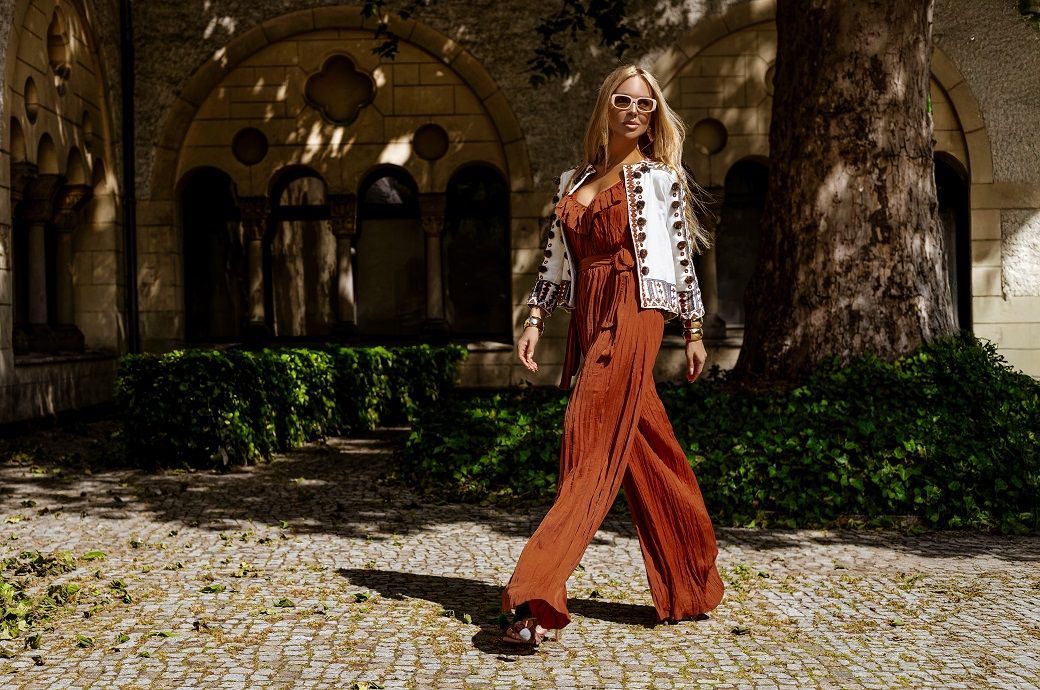
Whereas in the past, fashion leaders facing the volatility of global affairs were uncertain about what lay ahead, now they seem to have accepted that constant change is simply the new normal.
Many leaders are feeling pessimistic and are not expecting an easy road ahead, with 46 per cent saying they expect conditions to worsen next year, compared with 39 per cent in last year’s survey.
By geography, 36 per cent view North America as unpromising or very unpromising, double last year’s share, according to the The State of Fashion 2026 report. The first such report was published in 2016.
But not everyone is so downbeat. Among those polled, a quarter believes industry conditions will improve, up from a fifth in 2025, suggesting some players see pockets of opportunity.
Sentiment towards China is finally picking up, even as conditions remain difficult: 28 per cent view the market there as unpromising in 2026, down from 41 per cent heading into 2025.
The fashion industry’s main agenda next year will be adapting to this new environment where trade, consumer behaviour and technology remain in rapid flux. Agile brands that can adapt quickly are likely to emerge as the winners, the report noted.
With turbulent conditions, including volatile input costs, supply chain disruptions and slow growth, straining fashion’s economic model, artificial intelligence (AI) is shifting from a competitive edge to a business necessity.
Companies are reshaping workforces accordingly, with some existing jobs becoming more AI-centric, enabling roles to shift towards higher-value creative and analytical tasks.
To harness this technological change, companies must redesign their processes and compete for AI talent—looking beyond the fashion ecosystem to find it—while protecting the essential creativity that makes fashion tick.
Business leaders must shift their focus from small pilots and experiments that can only deliver incremental change towards a more fundamental reassessment of how their organisations work. And while still nascent, agentic AI is reshaping how people work and collaborate, so fashion companies will need to figure out how they can harness this emerging technology too.
AI is also transforming how people shop. Customers are turning to large language models to search for products, compare offerings and receive tailored recommendations.
Some are already using AI as style and wardrobe consultants, seeking advice on what to buy and where to buy it, making fashion brands’ presence in AI chatbot responses the new search engine optimisation.
These dynamics will only grow more pronounced as agentic commerce accelerates in the second half of the decade, says the report.
Fostering customer loyalty is emerging as an important frontline in the battle for customers, with more than half of executives citing retention strategies as a key theme shaping the industry in 2026.
To retain—and attract—customers, brands will need to give them what they want, and increasingly that means offering value. While luxury players raised prices without corresponding improvements in product quality or creativity, design-led brands in the mid-market elevated their products and store experiences.
Now, the mid-market is the fastest-growing segment, replacing luxury as fashion’s main value creator. Meanwhile, smart eyewear that blends fashion and technology has become the fastest-growing accessory category, with further product launches expected in 2026.
High prices remain a significant hurdle for aspirational customers, and anyway, more and more would-be luxury shoppers are focusing on their personal wellness: body, mind and health—a trend the survey first called out in 2017. Next year will inevitably be yet another year of dislocation for fashion companies. In a flat market, only those companies that capture the hearts and minds of customers will manage to grow and gain market share, they report adds.
ALCHEMPro News Desk (DS)
Receive daily prices and market insights straight to your inbox. Subscribe to AlchemPro Weekly!